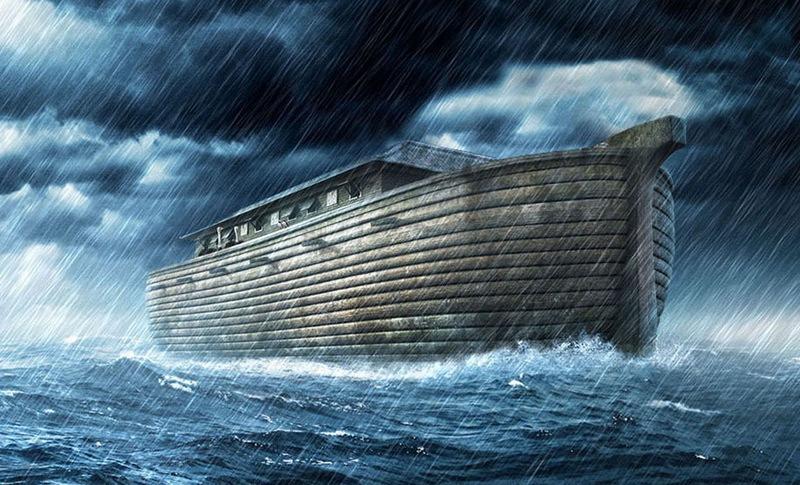Letter Re: Bug Out Boats
Good Morning Hugh, I’ll begin a reply, but I don’t really know where it will ultimately lead. GS’s comments this morning (1/26/16) ought to be enough to take the wind out of anyone’s sails regarding bug-it boats! Although he makes some valid points, the overall tone is so negative he’ll put folks off the idea. But if you’re not already into boating/sailboating that may be for the best. It is a learned skill set. Some random thoughts: You don’t have to cross an ocean to ‘escape. There are many places much closer that would probably suffice. As mentioned previously, I …

